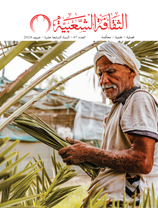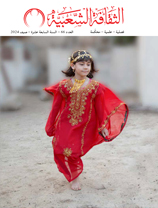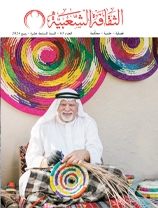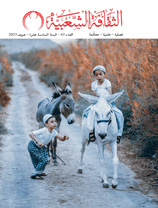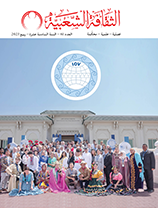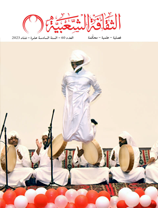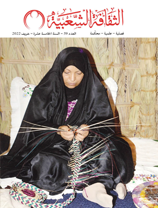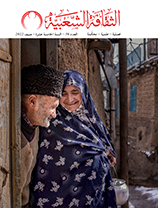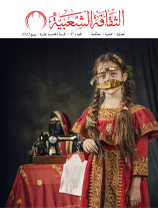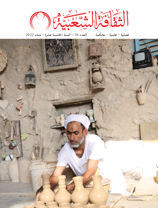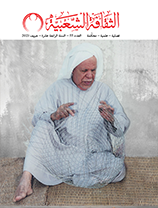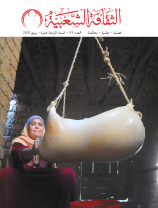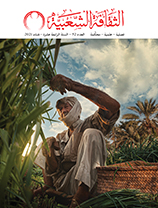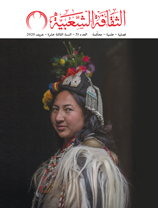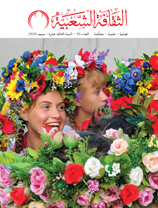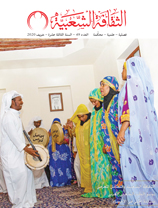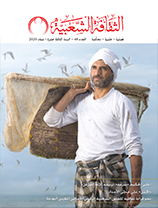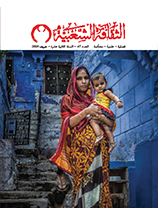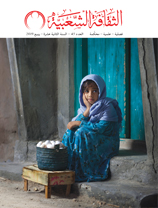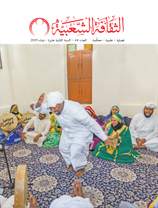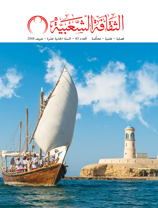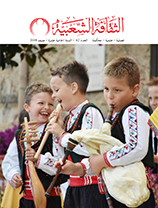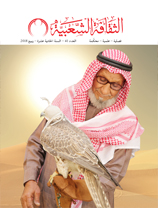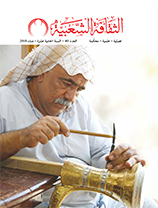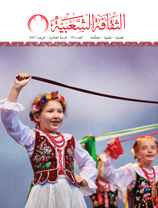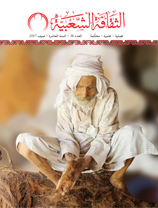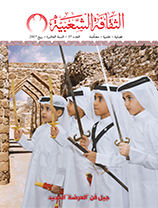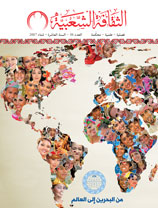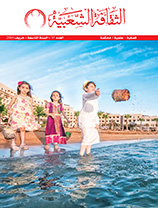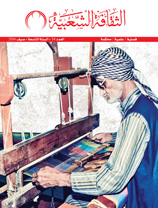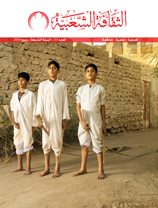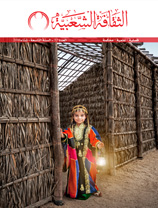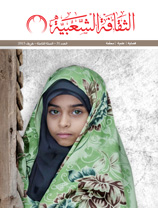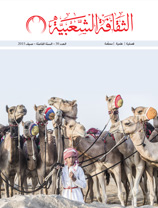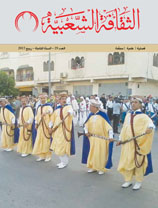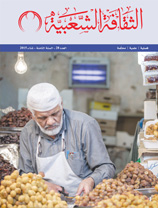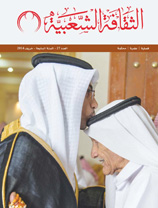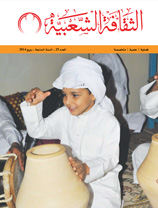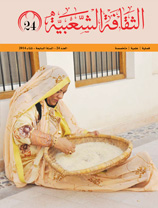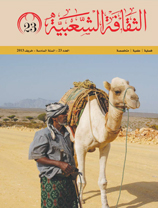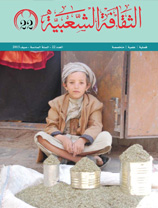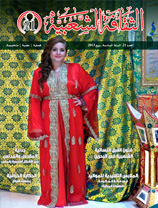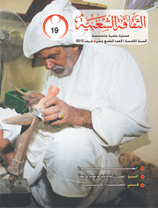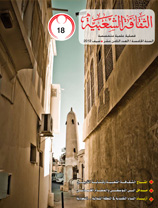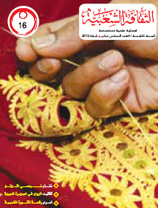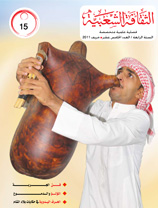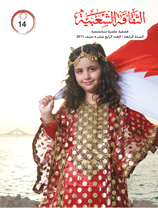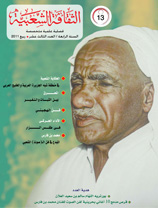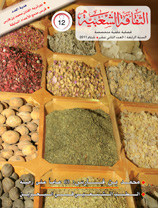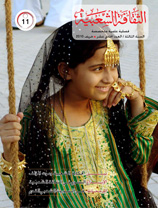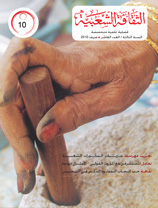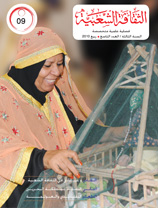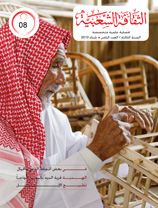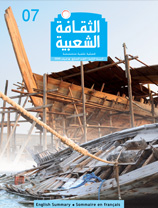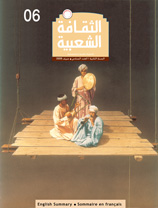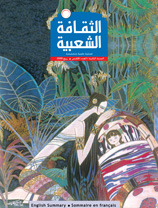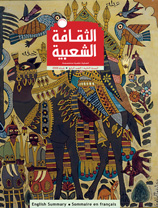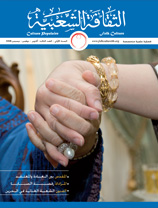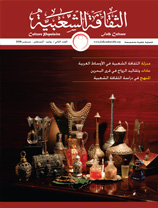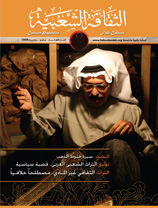Digital Art and the Preservation of Intangible Cultural Heritage Towards a Philosophy of Art in the Age of Information Technology
Issue 47
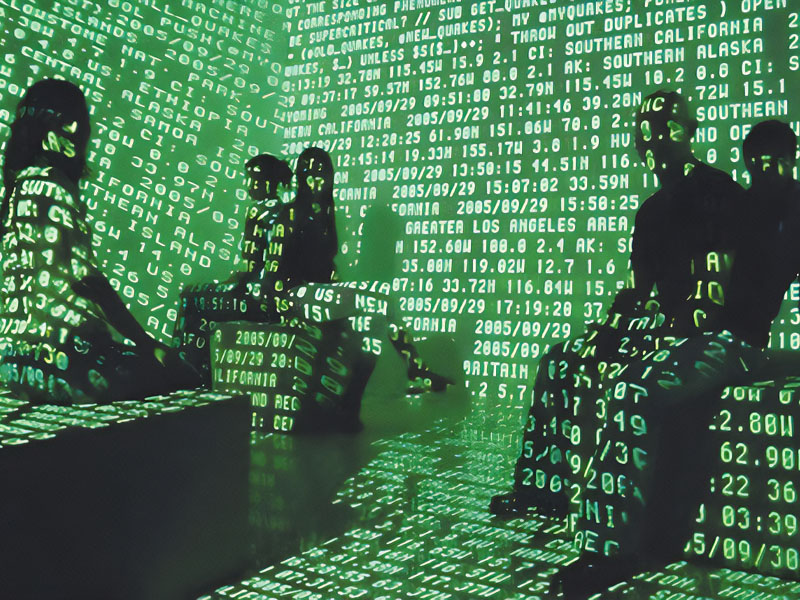
Prof. Hassan Musaddaq
- Professor of French Universities, Director of Research at the Center for Strategic Performance in Madrid.
This research focuses on sharing sites where data is available through free sharing and (mostly) free intellectual property rights, facilitating the participation of large crowds of Internet users. Users of these sites share the same interests in certain traditional costumes and traditional recipes or folklore dances; they share information and views about these interests at a very high speed. We have for example "Flickr", which is dedicated to sharing images; “Netvibes”, that can be seen as a portal that provides a space that mixes content and tools; and “the del.icio.us.”, which allows bookmarking and sharing various website addresses and saving pages.
The Arab world needs to provide studies on networks that preserve intangible cultural heritage, the role of the various players, and the sites that offer a specialized archive. Digital Art can contribute to preserving the rich Arab heritage not only by transforming the written form to a visual digital form, but also by helping to convey expressions, gestures, sounds, songs, dances, celebrations, rhythms and any type of live expressions. This preservation through Digital Art will revive the practices, forms and rituals of heritage.
Networks allow the transfer of the various contemporary visions intangible cultural heritage provides and that impacts people's minds and their behavior. The concept of intangible heritage is not necessarily separated from the symbolic, economic, social, ritual and artistic domain, so we may find ourselves in a web discussion defining what the intangible heritage means.
When we publish and display the content and practices of living heritage in specialized digital sharing sites, we can easily index it electronically under subheadings (such as parties, art, traditional industries, fashion, etc.) which in turn facilitate the access to titles, chapters or texts that give explanations of occupations, rites, geography, history and people.
Each page will be linked to another via hyperlinks, thanks to the Hypertext Markup Language, which provides the potential for different cultural expressions to be intertwined with corresponding descriptive pages provided with audiovisual means.
It is quite clear that digitization with the purpose of the protection of intangible heritage plays a strategic role. It will provide a focal point of resources and networks. Digitization occupies a strategic position in the context of globalization, which has allowed the digital culture to dominate over the others. It helps to ensure accessibility to everyone and to pass knowledge from generation to generation, which enhances individuals' loyalty and identity. The digitization process creates a permanent soft power that is highly influential internally and externally, and allows networks to serve as a “forum” for continuous dialogue between the state, the regional groups and associations, and the various cultural actors and researchers to protect and preserve intangible heritage.
Therefore, there is a need for a greater comprehensive reflection on the relations between information, culture, communication, society and art, more than the need of the question of technical tools and their uses. The proper communication in society transcends the individual, and is inseparable from the culture and history of the society.





